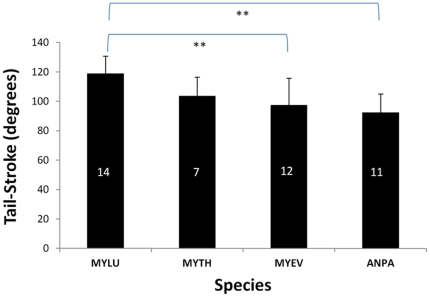Figure 7. Use of the tail-membrane across species.
Integration of ecomorphology with use of the tail-membrane showed significant differences among species (P = 0.01) most broadly separated ecomorpholgically. Mean tail-stroke values (degrees of arc across the body-axis) were highest for the little brown myotis (MYLU) that has the highest wing loading and a preference for open-aerial flight as compared to the other three species. The ground foraging pallid bat (Antrozous pallidus, ANPA) has the lowest wing loading of the group and had the shortest tail sweep on average. Post-hoc pair-wise comparisons showed that MYLU was signficantly different from the long-eared myotis (M. evotis, MYEV) and ANPA, whereas the fringed myotis (M. thysanodes, MYTH) was not significantly different from any other species . ** = significant difference at the P = 0.01. Connecting lines show which groups were signficant different. See Table 1 for details.

